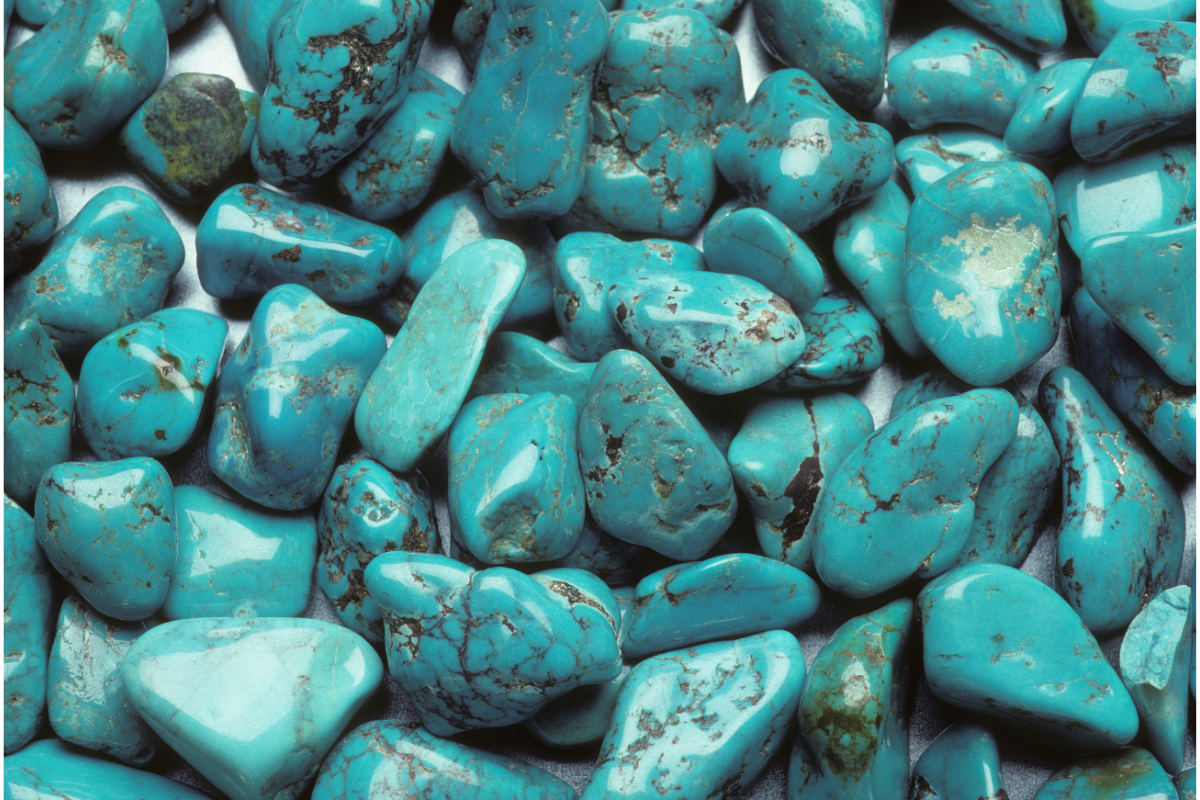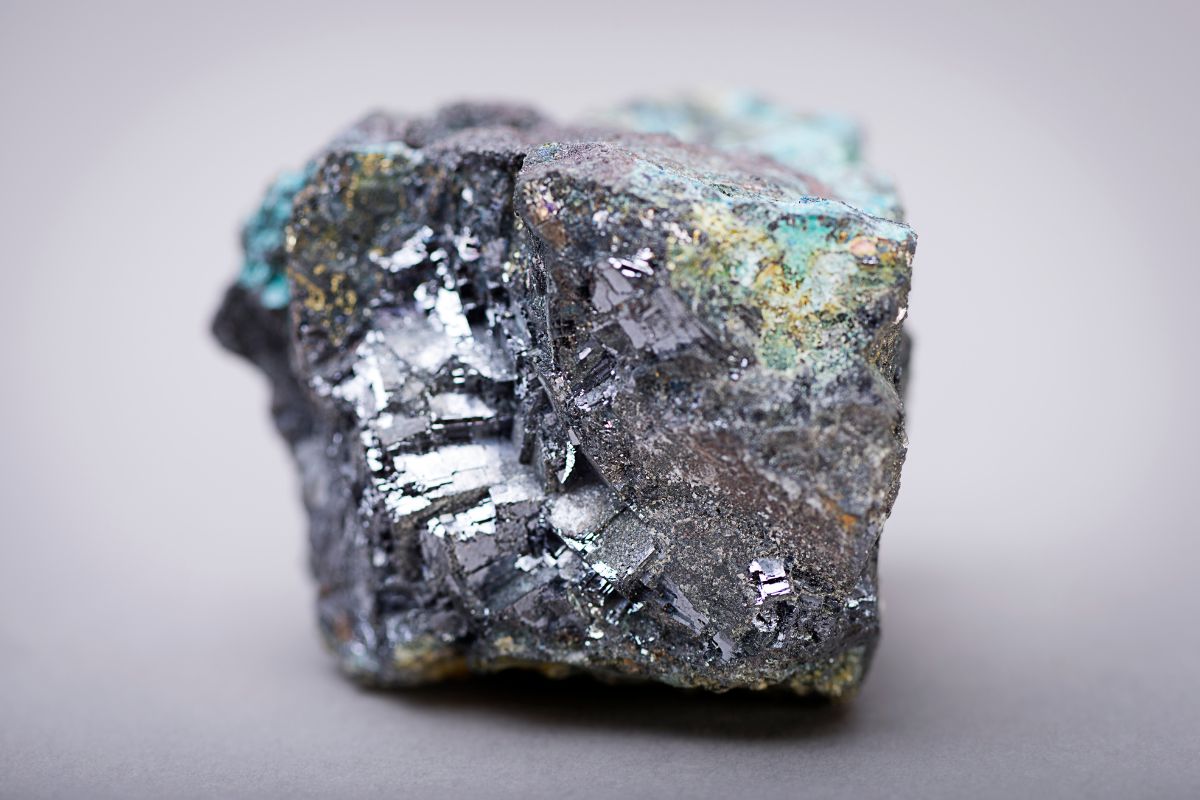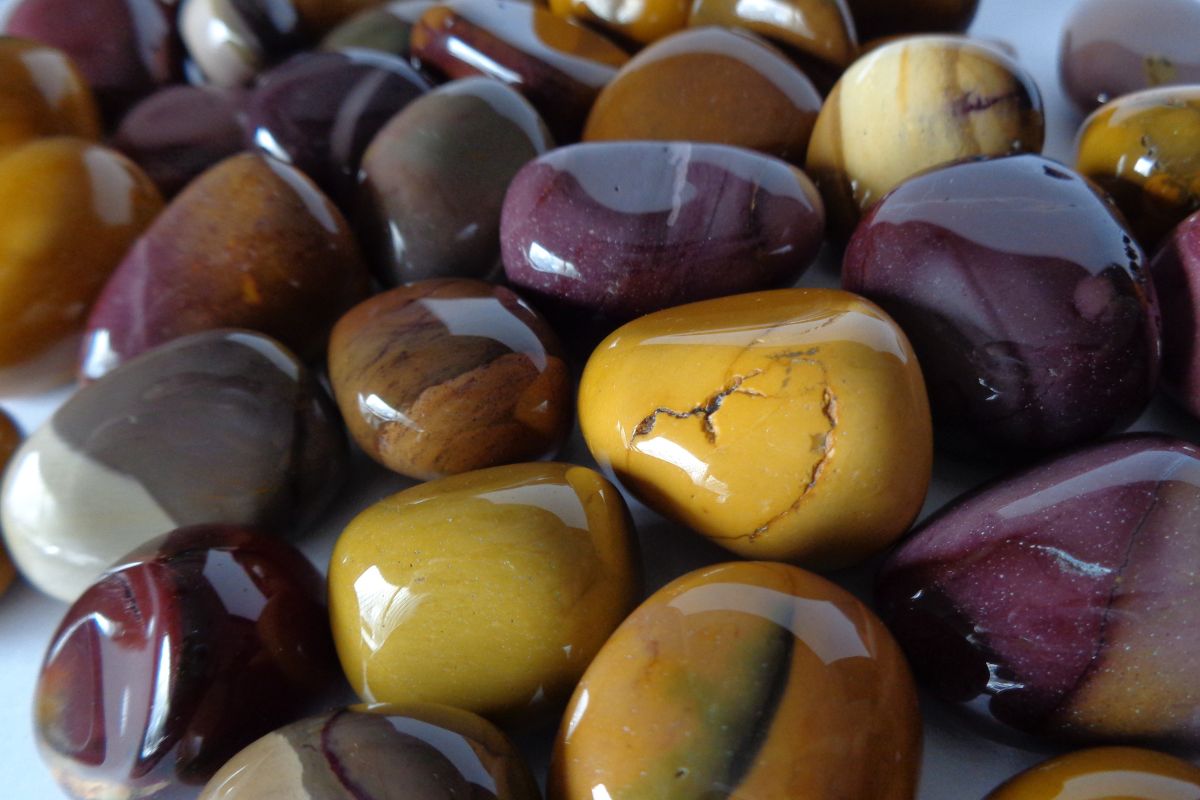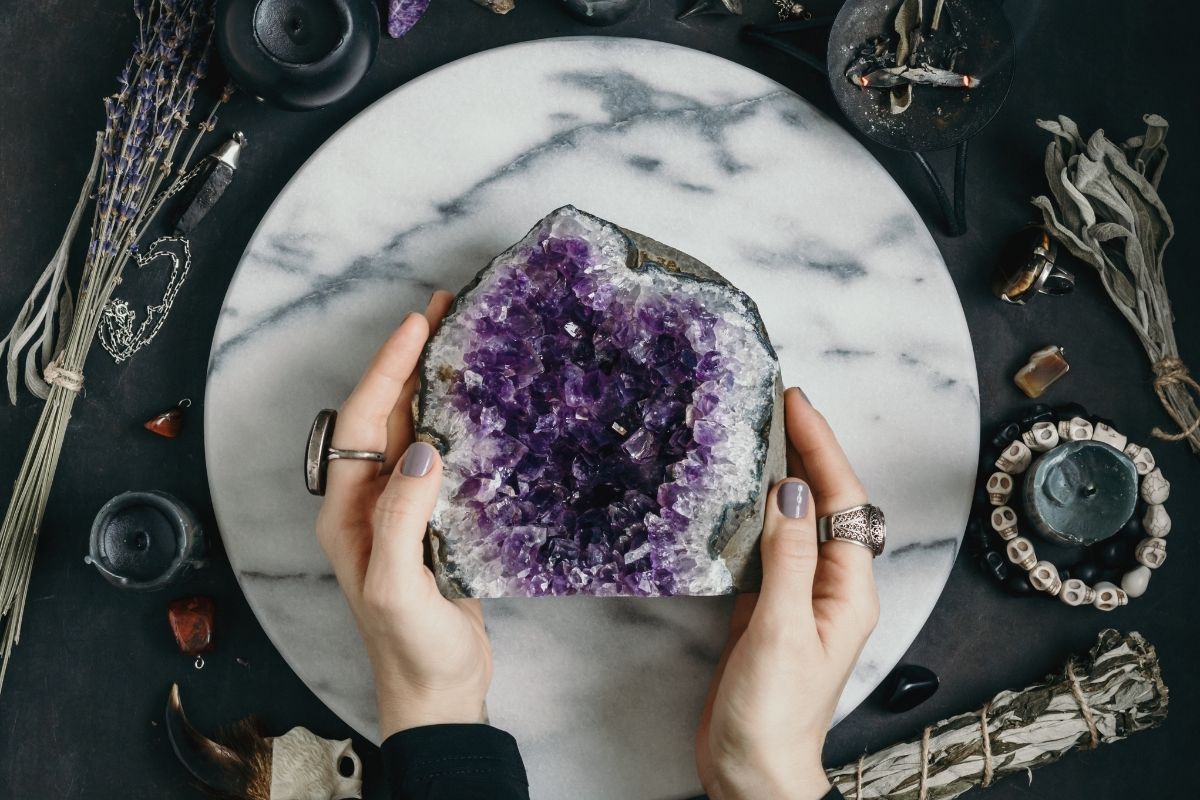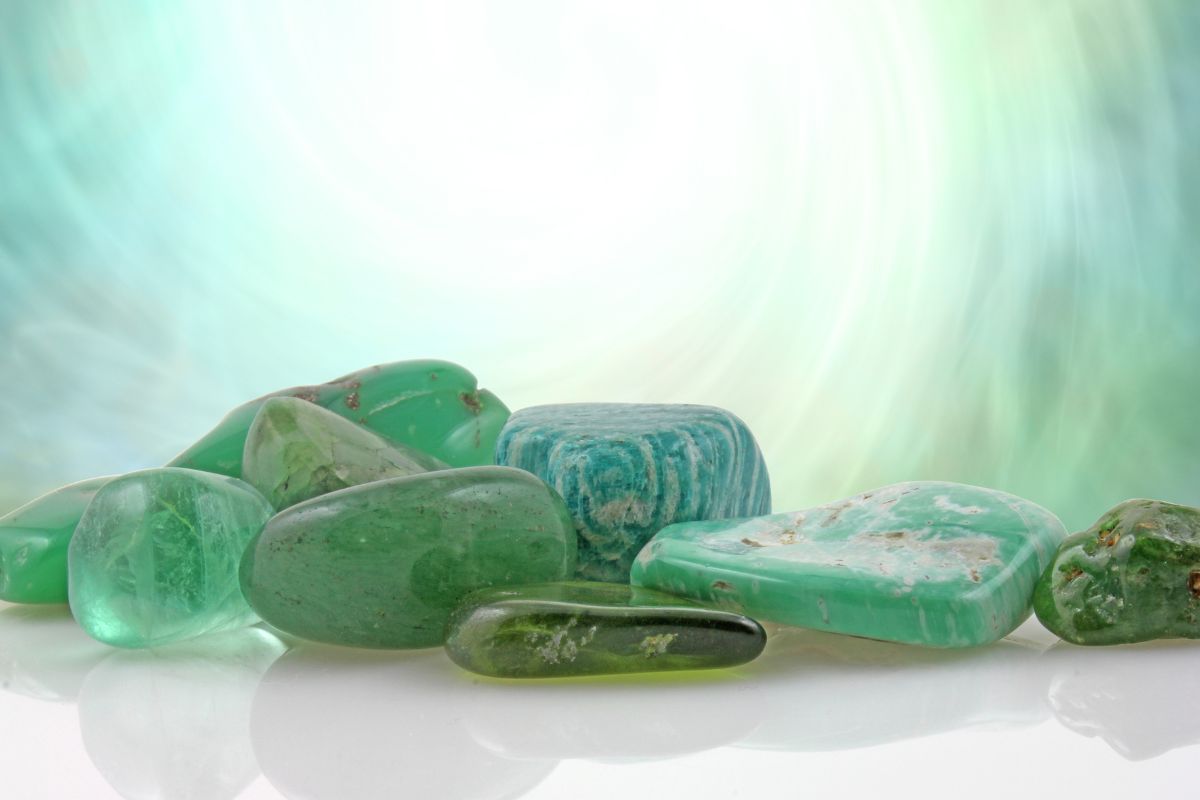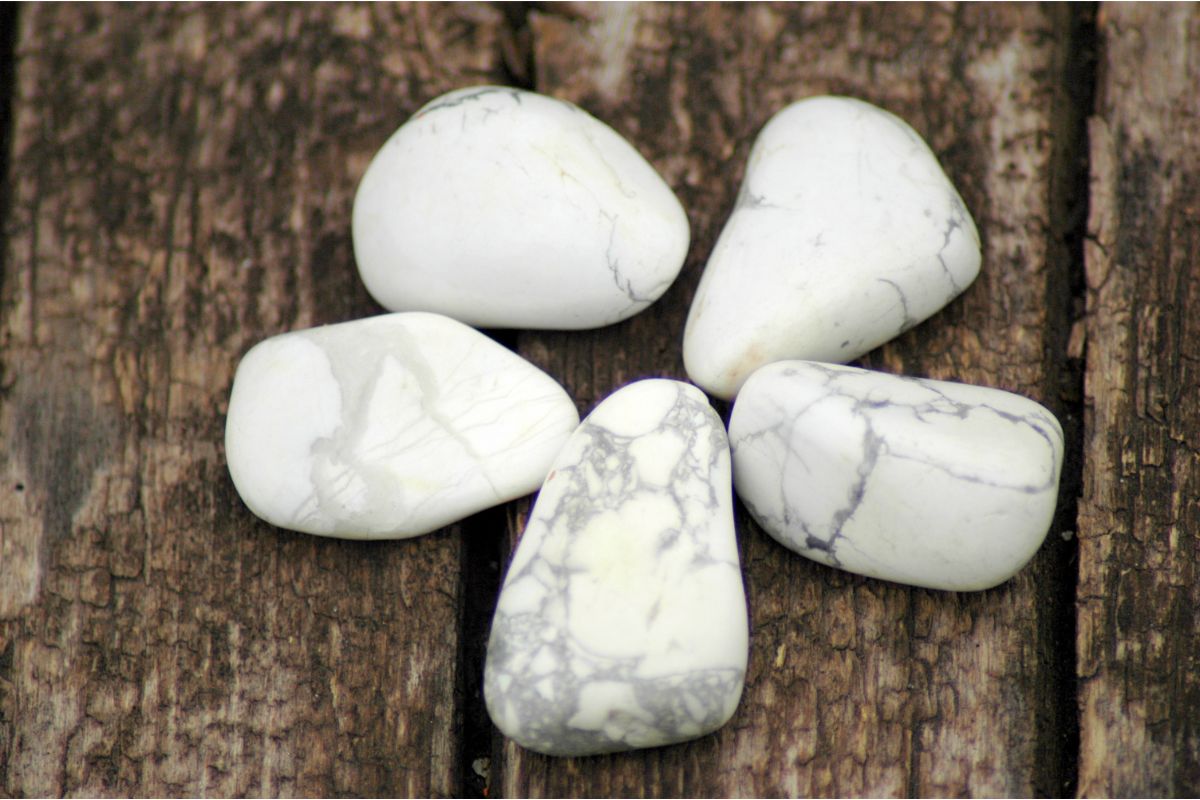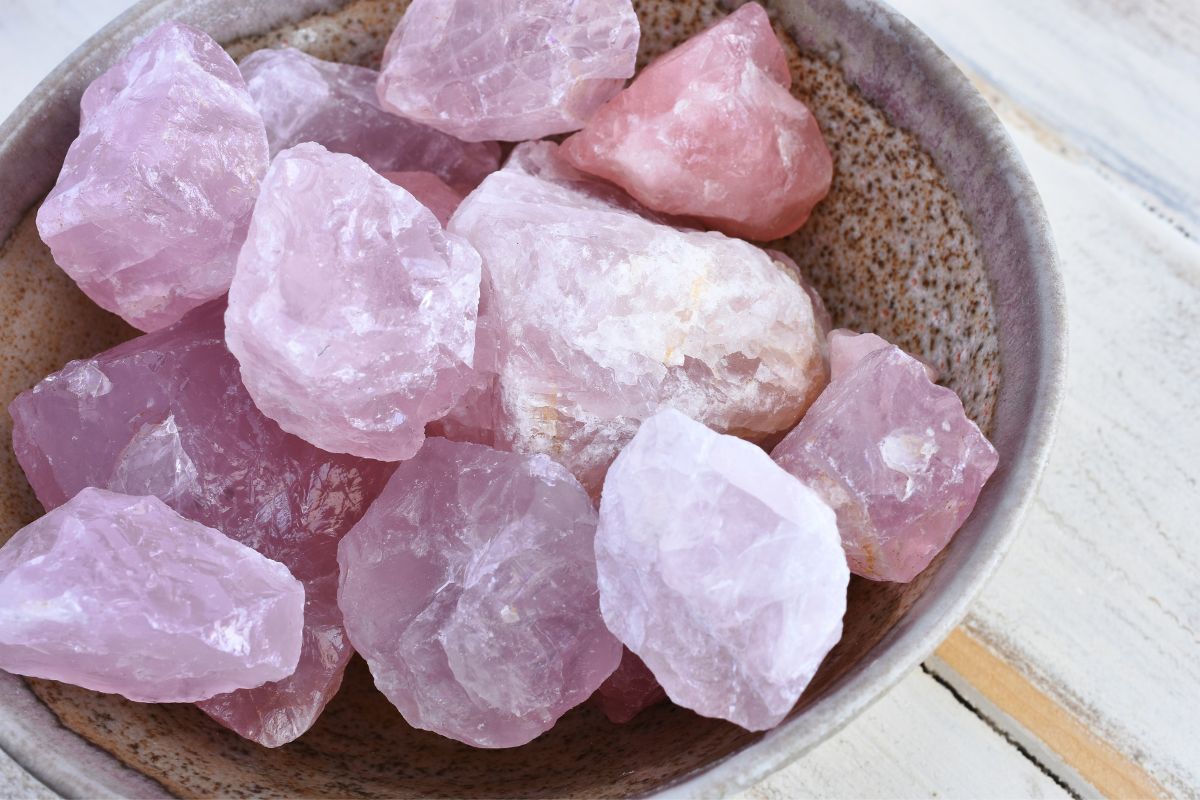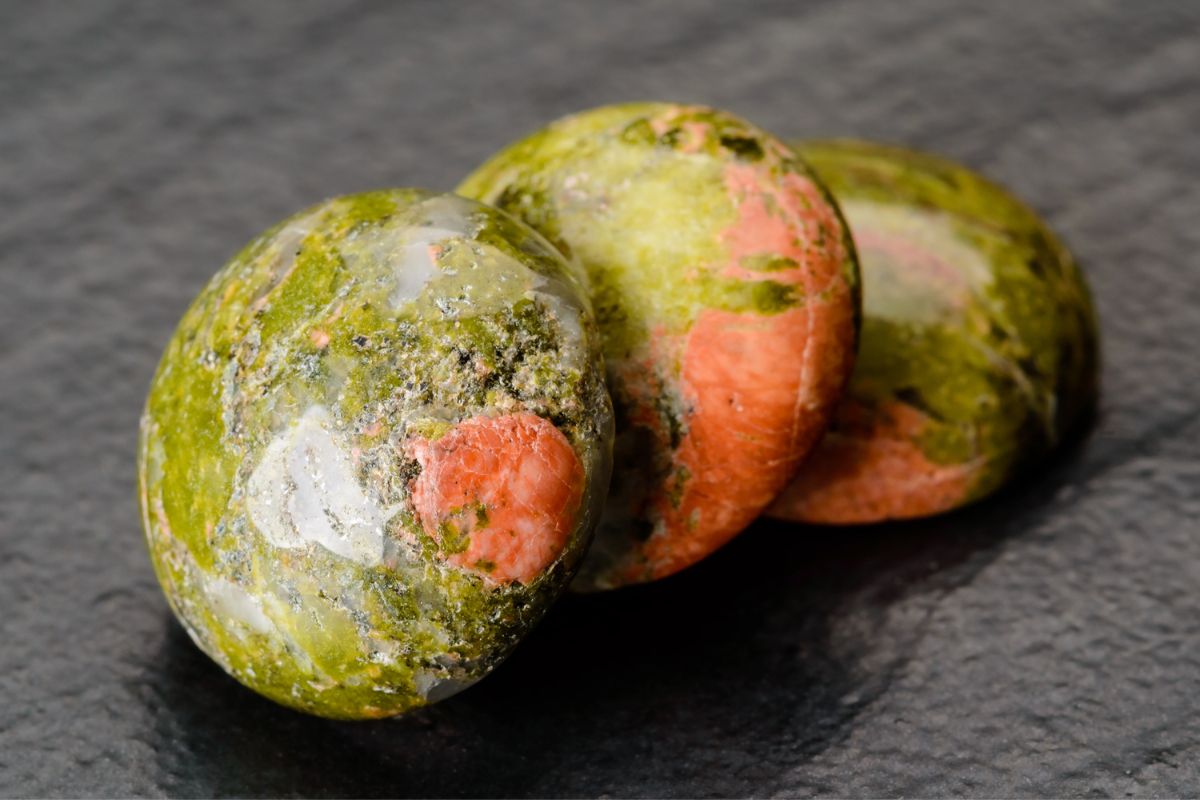Jade is one of the most beautiful stones in the world, and is well known for its beauty as well as its spiritual properties that can offer plenty of healing benefits. But, how can raw Jade be identified, exactly?
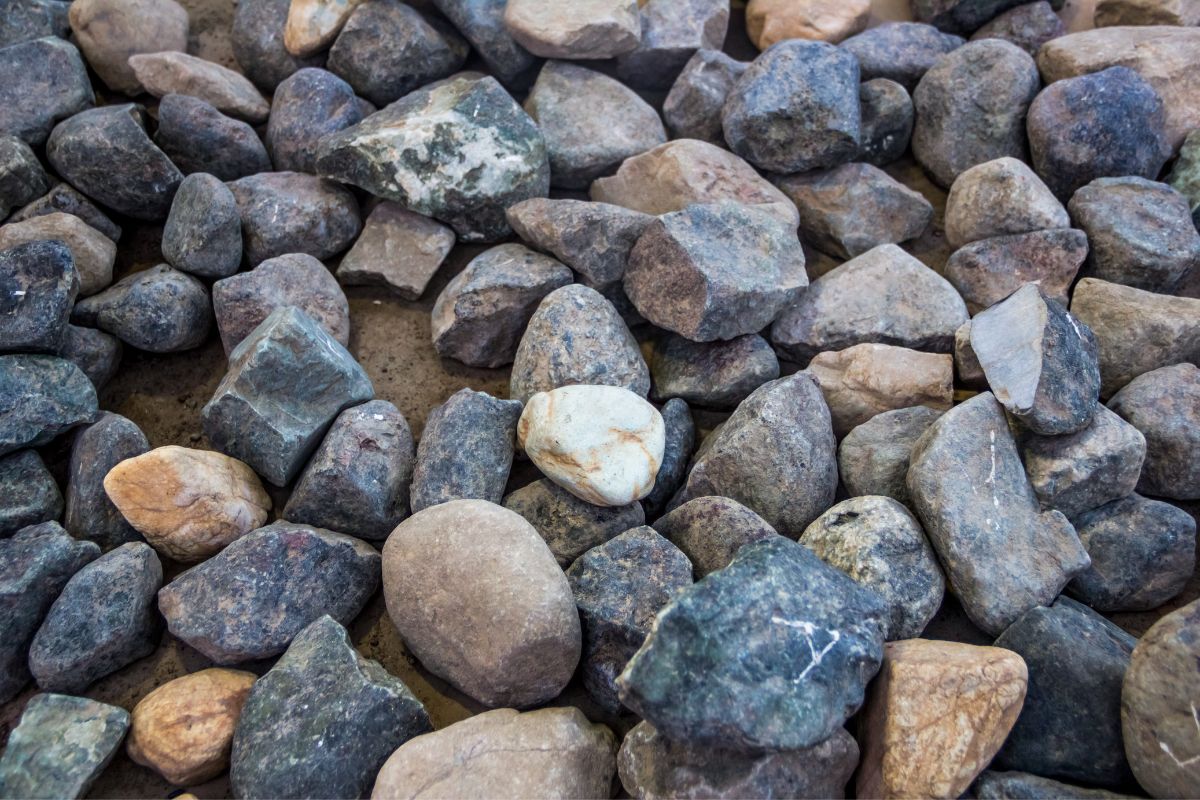
This is where we come in to lend a helping hand. In this guide, we are going to be talking you through how you can identify raw Jade, as well as some of the telltale signs that it has been chemically treated in some way. Read on!
How to Identify Raw Jade
So, how can raw Jade be identified from the other types of Jade out there? The good news is that there are a few ways that this can be done. Let’s explore how you can identify raw Jade a little closer below:
By Assessing the Hardiness
The first way that you can identify whether or not Jade is raw is by taking a moment to inspect the hardiness of the Jade.
Even though there are many spiritual properties associated with Jade, it is also a stone that is well known for its hardiness.
That being said, when trying to identify whether or not Jade is raw, the best way that this can be done is by gently scratching the surface of the stone with a knife. If there is no trace, then this means that the Jade is raw.
However, if there is a scratch, then this indicates that the Jade has been treated or that it is a different stone, such as serpentine.
A Lack of Chemical Treatments
This is another surefire way of determining whether or not Jade is raw and authentic.
There are many different qualities of Jade out there, which means that it is highly common for Jade that is softer and of a lower quality to be treated with some kind of chemical coating to help improve its appearance while also helping to strengthen the overall hardness.
It is typically very easy to spot Jade that has been chemically treated as it will often be much brighter in color and smoother to the touch than raw Jade. This brings us to our next point.
How to Identify Treated Jade
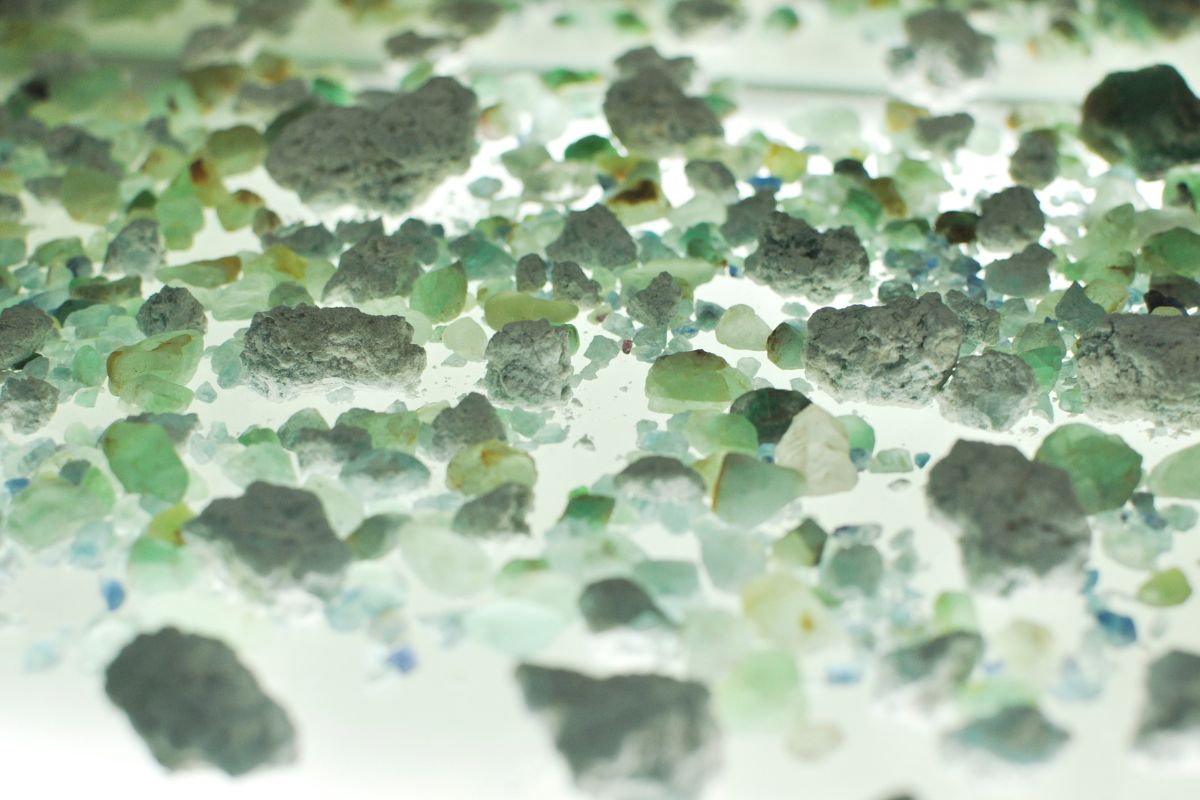
As we’re sure you might already know, there are many different qualities of jade out there on the market.
For this reason alone, it is by no means uncommon for certain types of jade to be “treated” in order to strengthen and improve its overall quality.
While this can help to provide jade with a more flattering appearance all while helping to strengthen its ability to withstand general wear and tear – this does mean that certain types of jade are not “raw”.
For that reason, if you are solely on the hunt for raw jade only, then it is a good idea to make sure that you are familiar with what treated Jade is, as well as how you can spot it in order to differentiate it from pieces of raw Jade.
The most common types of treatments that are often used to coat Jade are lightening, polymer injections and dying, and it is most typically done to Jade that is going to be used for artwork or decorative ornaments.
Below, let’s take a look at the main categories of treated Jade, as you will be able to use this as a point of reference for when you are searching for raw Jade:
- Jade Type A: This is the first category of Jade, and it only includes Jade that is natural and has been intreated.
In other words, Jade that falls under the category of Type A are classified as being raw Jade – which is what you are looking for.
- Jade Type B: Next up, we have Jade that falls into the category of type B.
Unlike Jade that is raw and has been untreated, Jade that is included in the category of type B have been chemically thinned out in order to get rid of certain impurities that might have been present on the surface.
As well as this, Jade that falls into this category might also have been treated with polymer injections along with the chemical
thinning, too. While the Jade that falls into this category is both authentic and natural, it is important to note that this Jade is not raw due to the fact that it has been treated.
- Jade Type C: Following on, the last category of Jade that you should be aware of is Jade that falls into the category of being type C.
As you might have been able to guess already, Jade that falls in to this category has also been chemically treated like Jade that falls in the category of type B.
However, the major difference between them is that Jade that is classified as being Type C typically tends to have been given a chemical tint and lighten in order to improve its appearance aesthetically. For that reason, it is not considered to be raw.
Top tip: If you are solely interested in purchasing raw Jade, it is also worth keeping in mind that there are many pieces of Jade (see also, ‘How Much is Jade Worth?‘) that are sold with a certificate that is able to indicate the quality of it, as well as whether or not it has been treated with anything.
By referring to this certificate, you will be able to effectively determine whether or not the Jade is raw or not.
Wrapping Up
Jade is one of the most beautiful (and most expensive) precious stones in the world.
For that reason, if you are interested in getting your hands on some natural and raw jade, it only makes sense that you should want to make sure that it is totally authentic and has not undergone any treatments.
That being said, now that you have taken the time to read through all of the above, we hope that we have been able to assist you in learning more about how to determine raw jade, as well as provide you with additional pointers on how to spot Jade that has undergone some kind of chemical treatment, too. Thanks for reading, we hope that this guide has been a help!
- 15 Crystals That Cannot Be Exposed To The Sun - January 7, 2024
- Malachite Vs Fuchsite – Benefits And Uses - January 7, 2024
- Malachite Vs. Green Jasper: Benefits And Uses - January 7, 2024

